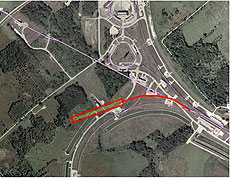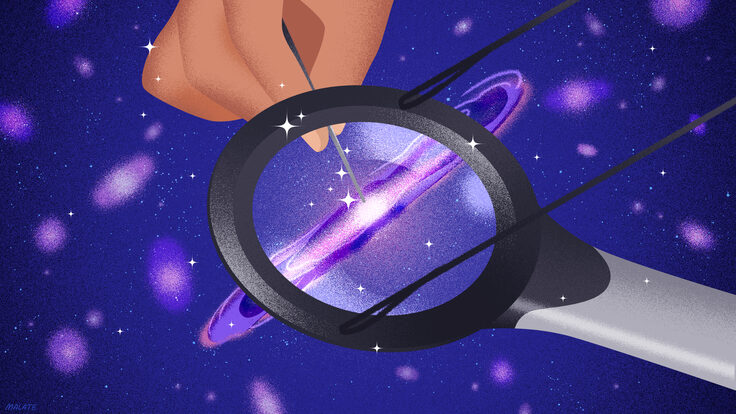This story originally was published in Fermilab Today on August 28, 2009.
Fermilab will use Recovery Act funds to order the preliminary design of underground and surface structures needed for a long-baseline neutrino experiment.
Fermilab is calling on engineering firms, locally and nationally, to create preliminary designs for a future neutrino experiment.
The US Department of Energy has provided Fermilab with $9 million in funds from the American Recovery and Reinvestment Act for the project at different stages of its approval and design. The laboratory is currently spending the funds on preliminary design.
"This is an opportunity to send money into the technical community outside the laboratory," said Regina Rameika, a Fermilab scientist who is coordinating the design efforts.
The long-baseline neutrino project, which could begin construction as early as five years from now, will place a particle detector at great depth underground to study neutrinos from an intense beam generated several states away.
Researchers from six American laboratories and more than two dozen universities, most in the United States, have proposed plans to generate an intense beam of neutrinos at Fermilab and to place the detector in the Homestake Gold Mine near Lead, South Dakota. It would be the world's deepest underground laboratory, hosting experiments as deep as 8000 feet underground.
Neutrinos are the most abundant but perhaps least understood particles in our galaxy. Scientists hope to observe the neutrinos changing from one type to another as they travel.
Studying a neutrino beam at two locations a large distance apart gives the neutrinos adequate time and space to change. Placing detectors below layers of earth and rock shields them from other particles that approach the Earth from space.
"The Recovery Act funding allows us to advance the design by making use of expertise in the engineering community," Rameika said. "If this project gets approved, down the road, there will be big civil construction contracts which will continue to support the economy."
Visit Fermilab's Recovery Act Web site.







